How To Make Butter (and Cultured Butter!)
5.0
(1)
Your folders
Your folders
Servings: 4.5
Author : Dana Velden
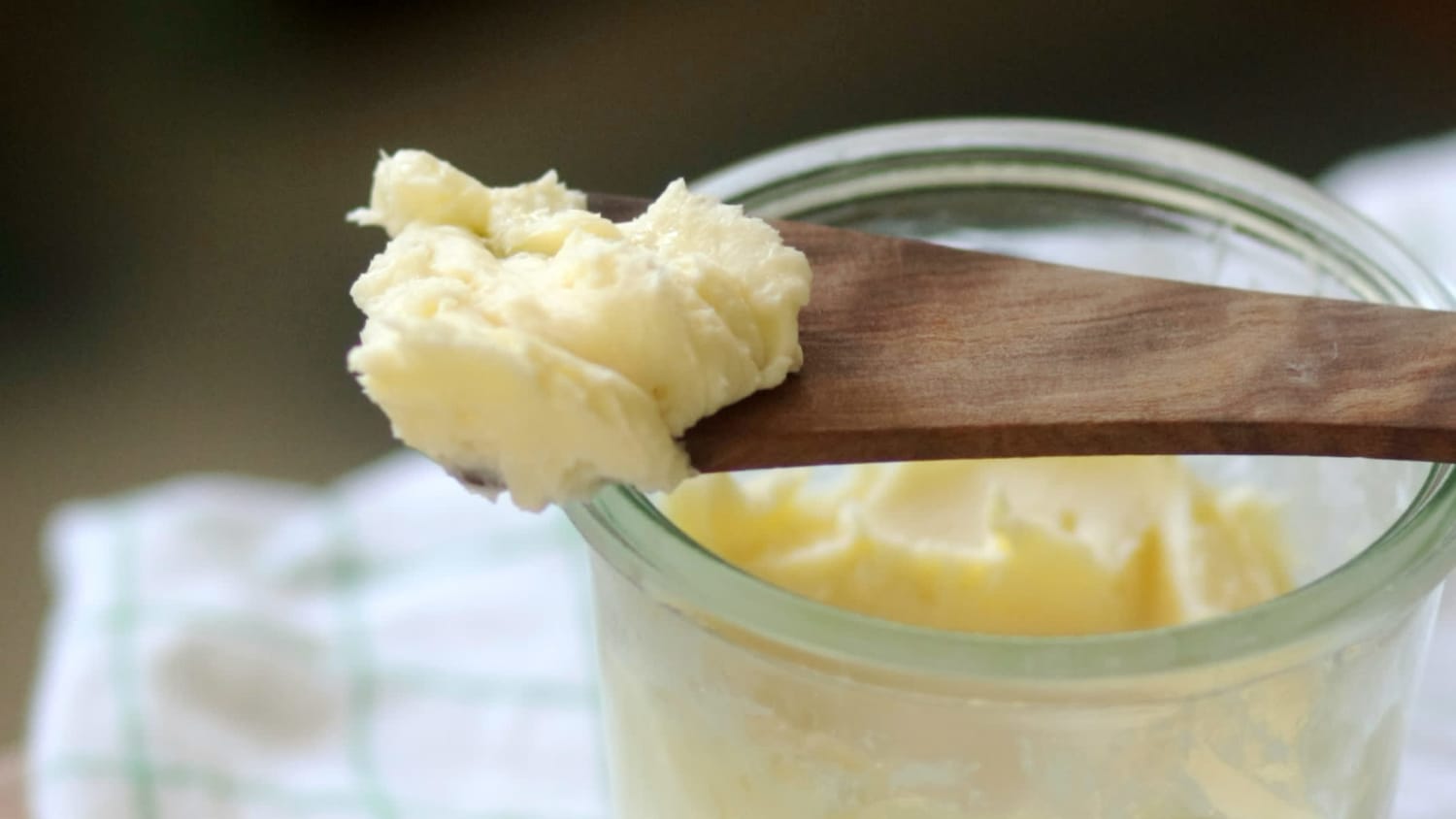
Ingredients
Export 2 ingredients for grocery delivery
Instructions
Step 1
Culture the cream (optional): The day before you would like to make your butter, pour the cream into a bowl (I like to use the bowl of my stand mixer) and add the yogurt. Whisk briefly to combine and cover the bowl with a clean kitchen towel. Set in a slightly warm place (about 70°F - 75°F) to culture. Check after 8 to 12 hours. The cream is ready when it has thickened slightly and is a little foamy. It will smell slightly sour and tangy. This can possibly take an additional 12 to 24 (see Recipe Notes). Once it has cultured, place it in the refrigerator for about 1 hour to chill.→ If you did not culture your butter, let it warm on the counter for about an hour (to about 60°F) before churning.
Step 2
Prepare the sieve and mixer: Place a sturdy sieve over a bowl and line with a few layers of cheesecloth or a clean napkin. You can use a stand mixer, a hand mixer, a food processor, or a canning jar to churn your cream. (See Recipe Notes below if you want use a canning jar.)
Step 3
Prepare the cream and mixer for churning: Place the cream in the bowl of your mixer or processor. Cover the top with plastic wrap or a kitchen towel to prevent splattering.
Step 4
Churn the cream: Turn on the mixer to medium-high. The cream will first whip into peaks (at around 2 minutes) and then become grainy (around 3 minutes). Keep whipping until the solid mass (butter) and liquid (buttermilk) are separated (about 5 minutes total). The mixture will splatter heavily in the final stages of churning, so be sure the plastic wrap is secure. The process may take a little longer, up to 8 to 10 minutes, although it usually takes me less than 5 minutes.
Step 5
Strain off the buttermilk: Pour the buttermilk through the cheesecloth and strainer, holding the butter solid back. Allow the buttermilk to strain through, then plop in the butter. Gather the cloth around the butter and press it hard with your fist. Do this several times to get as much buttermilk out of the butter as possible. Pour the buttermilk into a container, label and refrigerate.
Step 6
Wash the butter: Rinse out the bowl used for buttermilk. Remove the butter from the cloth and place it in the bowl. Add 1/2 cup of ice water to the bowl, and using a spatula, press the butter into the ice water. It will quickly become cloudy with buttermilk. Pour off the cloudy water, add another 1/2 cup of ice water to the bowl, and keep pressing. Repeat until the water is clear. This may take up to 6 washings. The butter will firm up towards the end, so you may find it easier to use your hands.
Step 7
Salt the butter (optional): Sprinkle the salt over the butter and knead in. Again, your hands may be the best tool here.
Step 8
Store the butter. Pack the butter into a jar with a cover, or roll it into a log using waxed paper or parchment paper. The butter will keep in the refrigerator for about three weeks or can be frozen for several months.
Top similar recipes
Curated for youYour folders
:max_bytes(150000):strip_icc()/20230519-SEA-HowToMakeButter-Amanda-Suarez-hero-ce0a9772a5ef4ff283ab3dde2c746f19.jpg)
 340 views
340 viewsHow to Make Butter
seriouseats.com
Your folders

 147 views
147 viewsHow to Make Butter
theprairiehomestead.com
4.9
(19)
Your folders
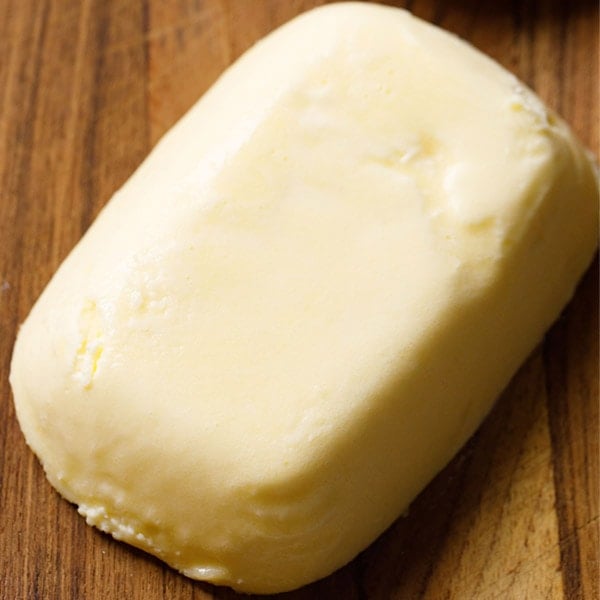
 269 views
269 viewsHow to Make Butter (White Butter)
vegrecipesofindia.com
4.7
(22)
Your folders

 323 views
323 viewsHow to Make Butter (White Butter)
vegrecipesofindia.com
4.7
(22)
Your folders

 199 views
199 viewsCultured Butter Cookies
cooking.nytimes.com
5.0
(1.3k)
Your folders
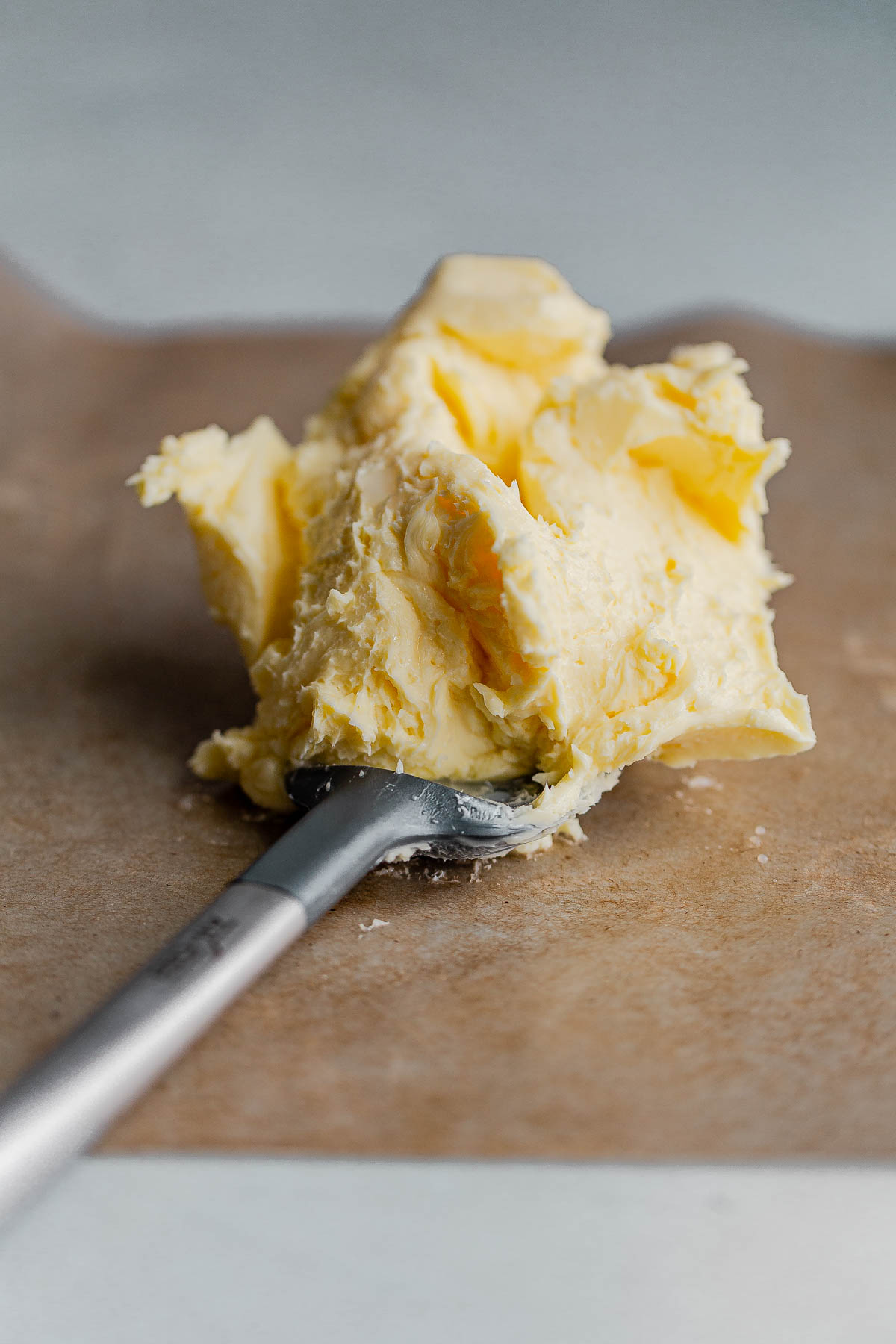
 253 views
253 viewsHomemade Cultured Butter
abeautifulplate.com
4.9
(24)
20 minutes
Your folders
 75 views
75 viewsKoji Cultured Butter
annavoloshyna.com
Your folders

 204 views
204 viewsHomemade Cultured Butter
cooking.nytimes.com
5.0
(195)
Your folders
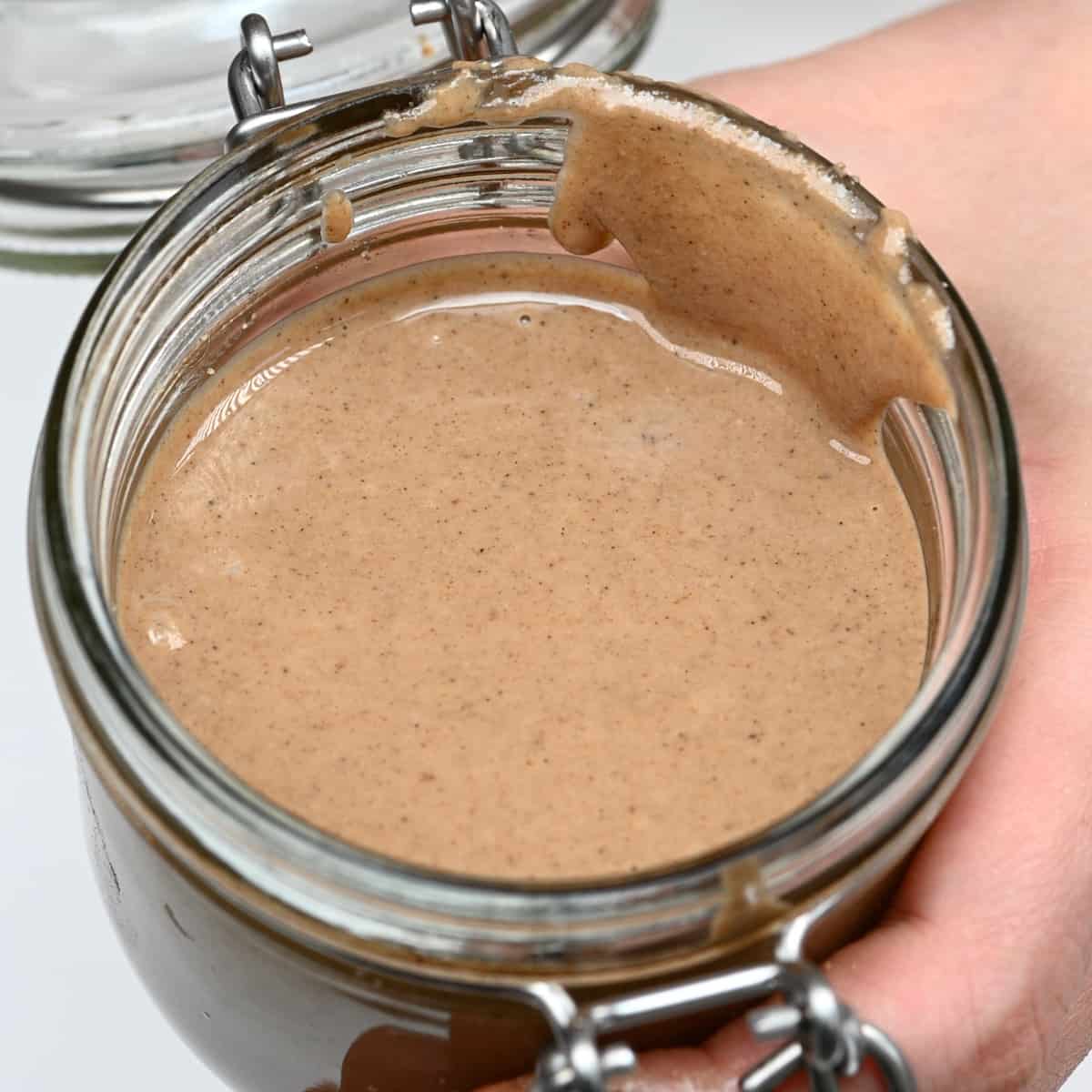
 273 views
273 viewsHow to Make Granola Butter (Oatmeal...
alphafoodie.com
5.0
(13)
10 minutes
Your folders

 345 views
345 viewsHow To Make Ghee Butter (Clarified ...
alphafoodie.com
5.0
(11)
30 minutes
Your folders
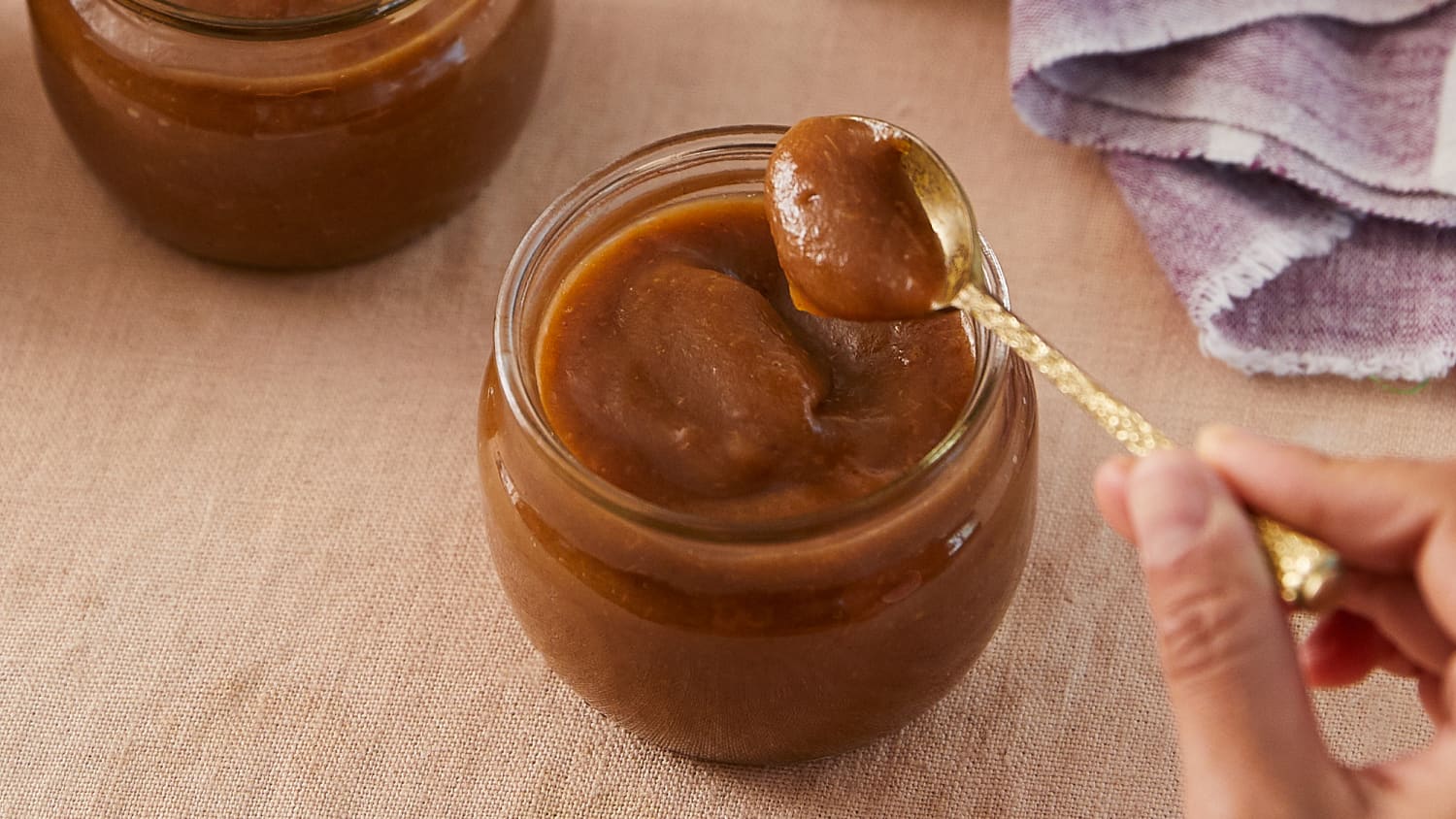
 283 views
283 viewsHow to Make Apple Butter
thekitchn.com
6 hours
Your folders
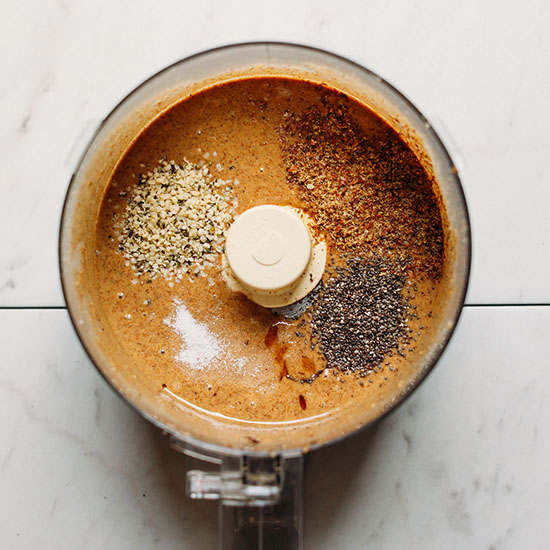
 554 views
554 viewsHow To Make Nut Butter
minimalistbaker.com
4.9
(24)
10 minutes
Your folders
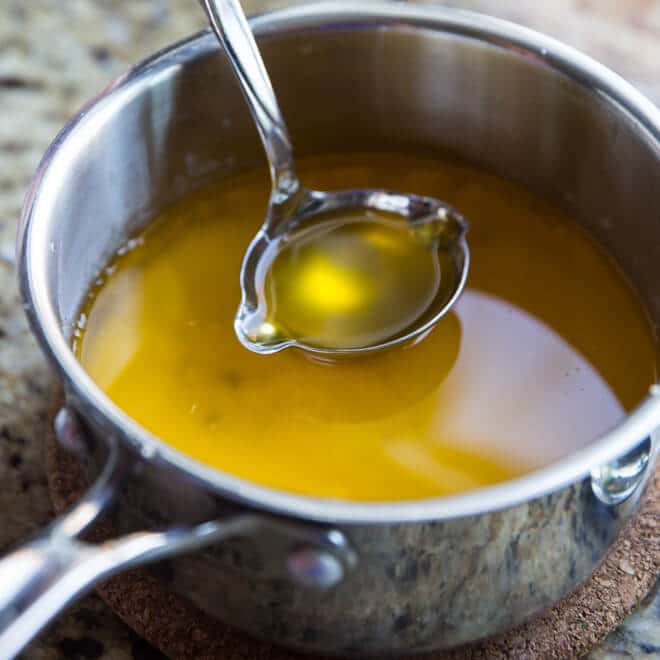
 631 views
631 viewsHow to Make Clarified Butter
culinaryhill.com
4.9
(16)
15 minutes
Your folders
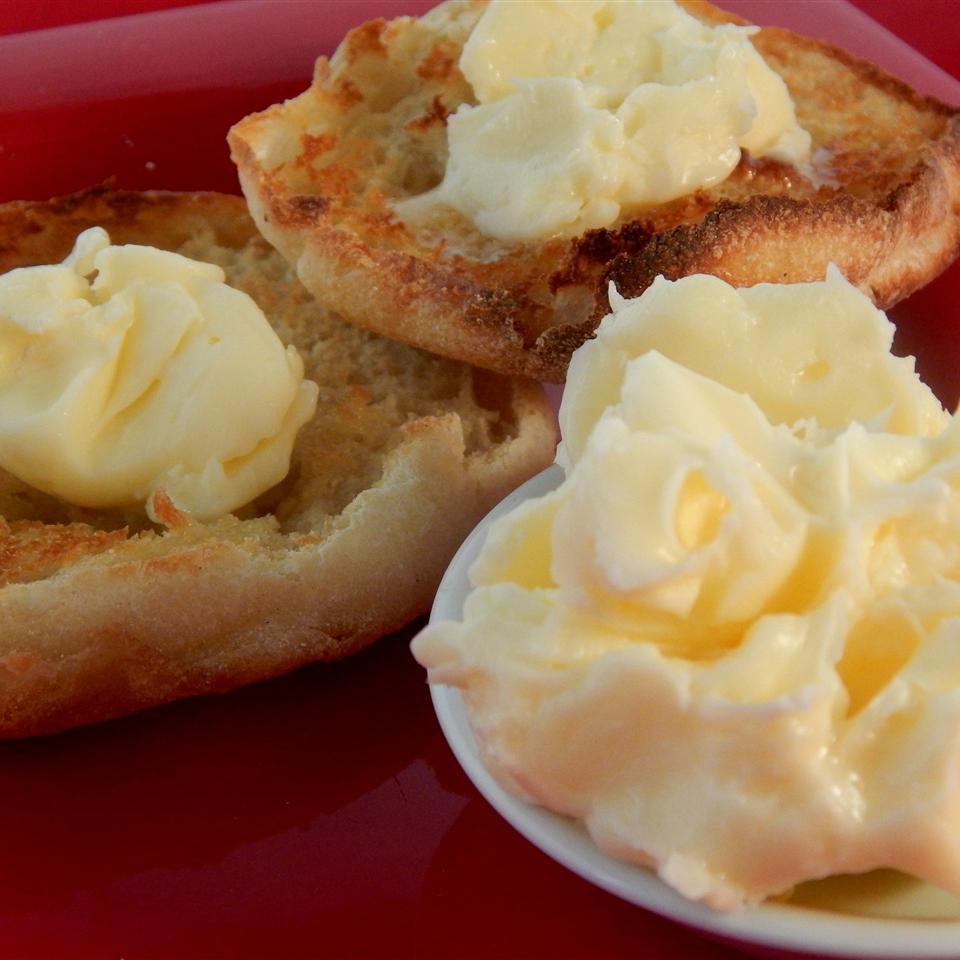
 565 views
565 viewsHow to Make Homemade Butter
allrecipes.com
4.6
(34)
Your folders

 841 views
841 viewsHow to Make Peanut Butter
brokebankvegan.com
5.0
(1)
Your folders
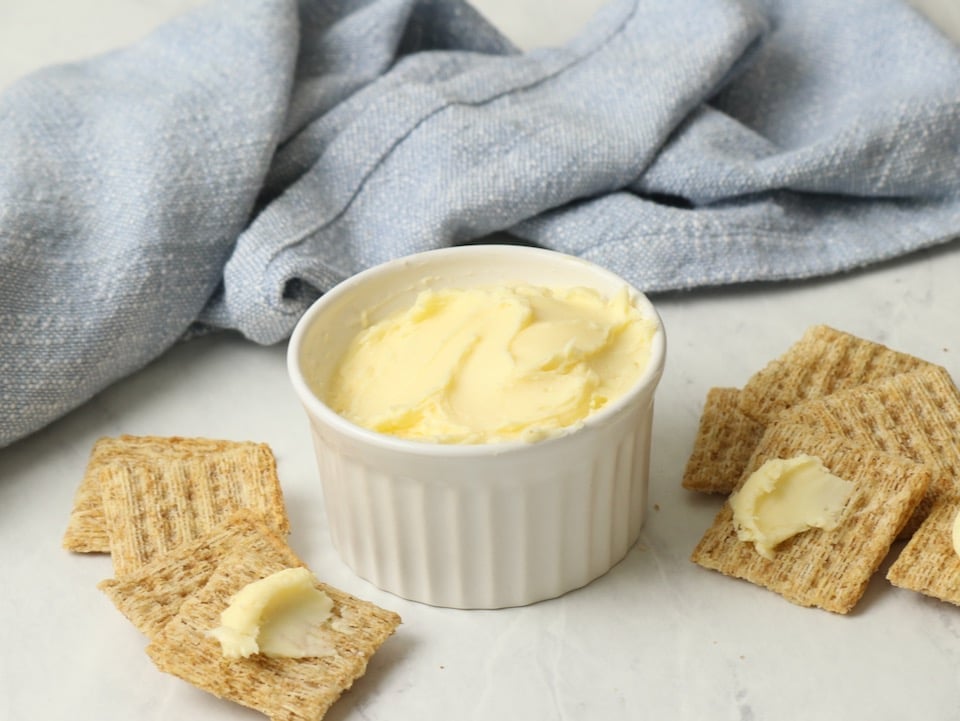
 647 views
647 viewsHow to Make Homemade Butter
toriavey.com
4.8
(67)
15 minutes
Your folders
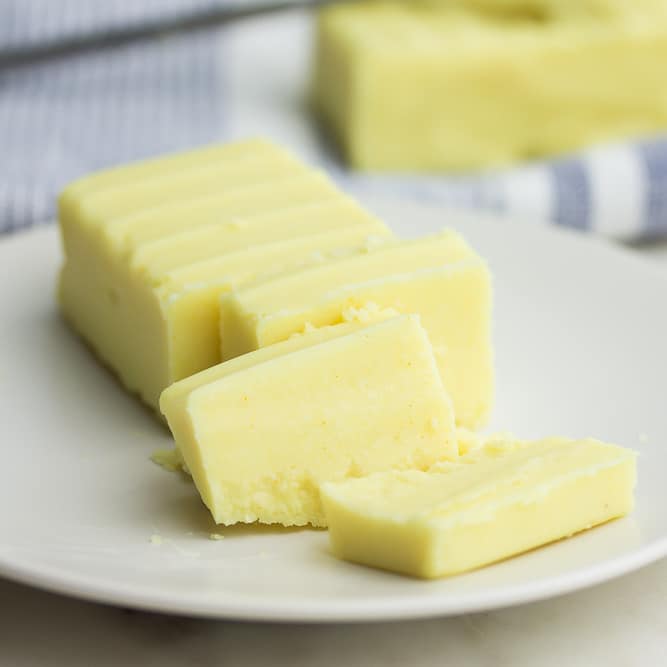
 517 views
517 viewsHow to Make Vegan Butter
noracooks.com
5.0
(16)
Your folders
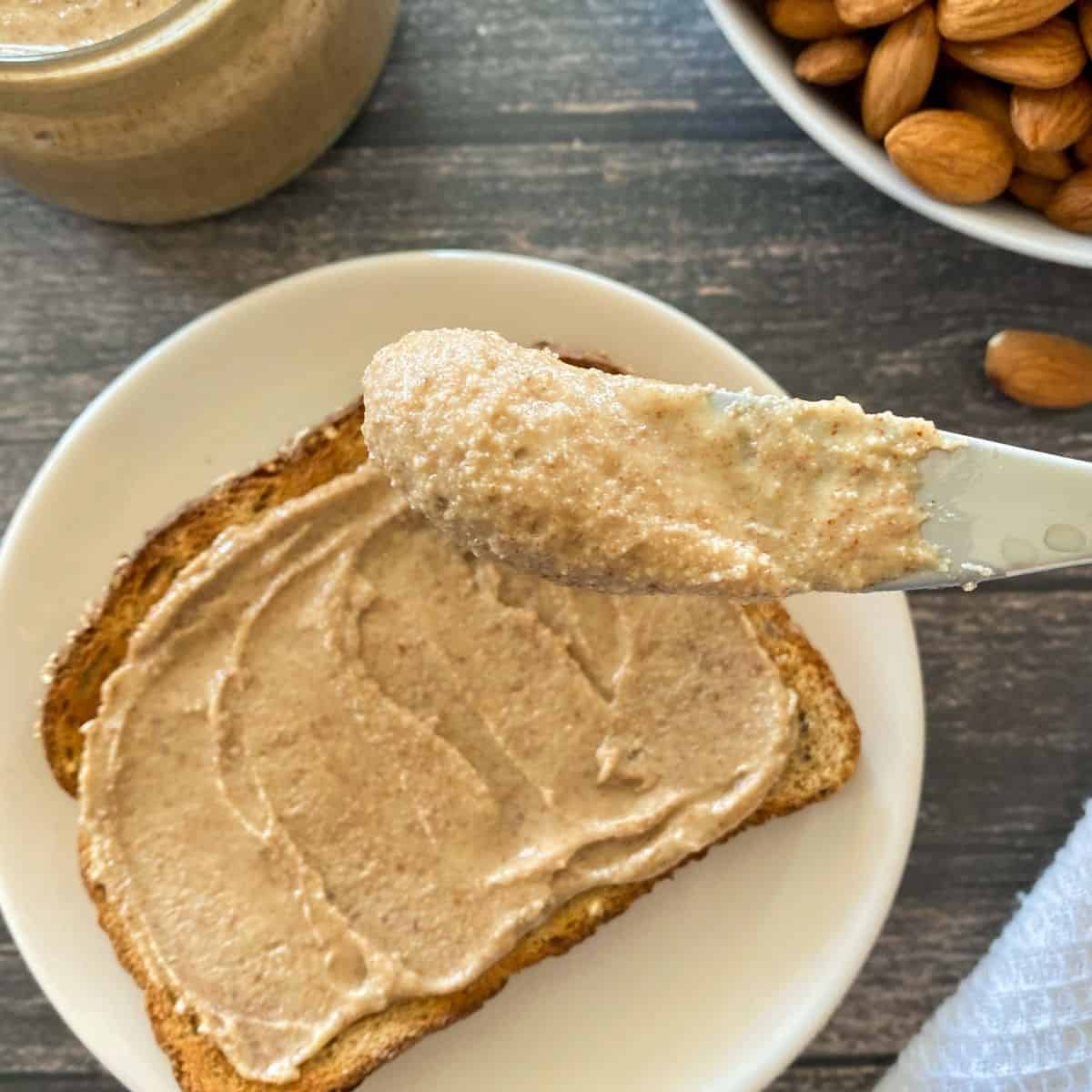
 213 views
213 viewsHow to Make Almond Butter
thishealthykitchen.com
5.0
(4)
8 minutes
Your folders
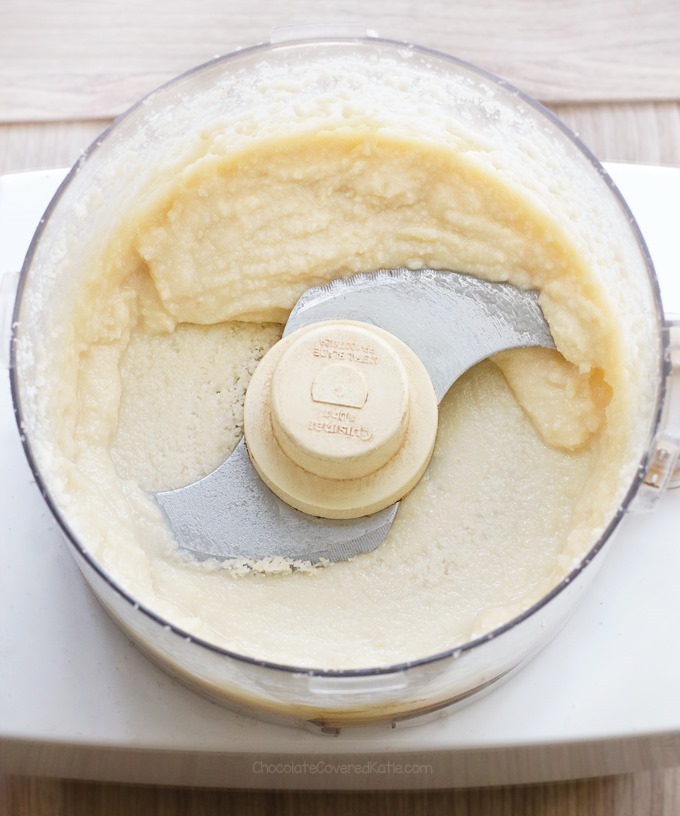
 222 views
222 viewsHow To Make Coconut Butter
chocolatecoveredkatie.com
5.0
(35)